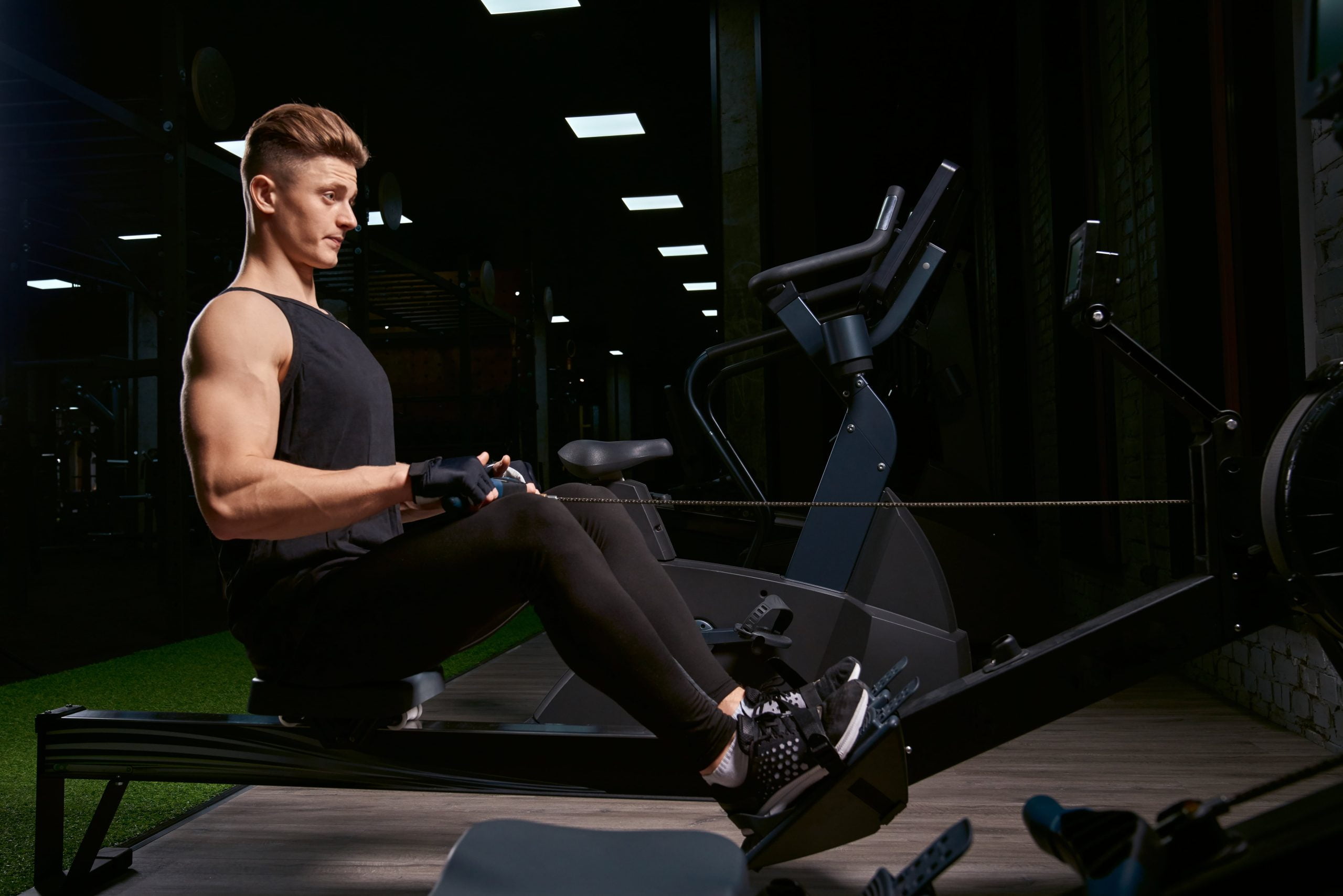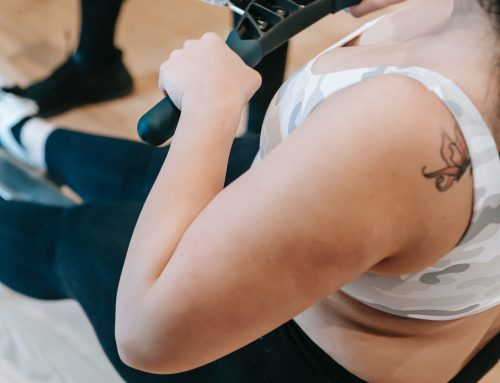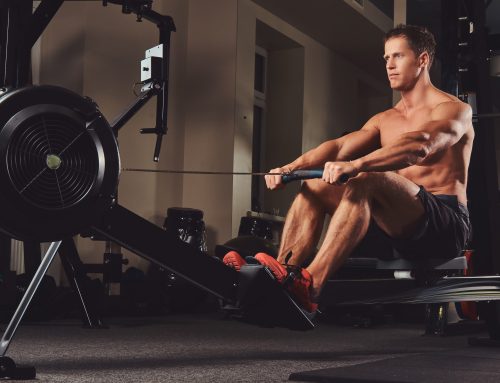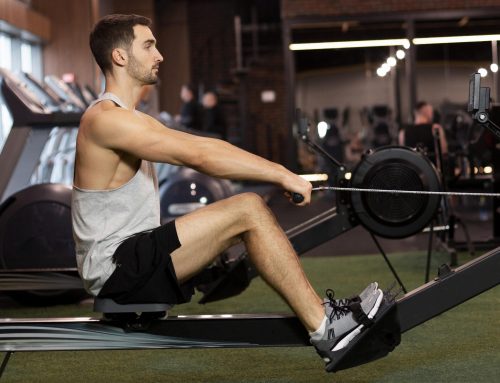Introduction
Rowing is a fantastic exercise that has proven to provide an array of health and fitness benefits. It is a total body workout that uses all your major muscle groups, including your legs, arms, back, and core. Many people turn to rowing as a way to burn calories and lose weight. However, the question remains: does rowing shred fat?
The Science Behind Fat Loss
Before delving into the answer, it’s important to understand the science behind fat loss. Fat loss occurs when we are in a calorie deficit. This means we are burning more calories than we are consuming. When this happens, our body turns to stored fat as a source of energy.
Does Rowing Burn Calories?
Rowing is an effective way to burn calories. According to a Harvard Health study, a person who weighs 155 pounds can burn up to 260 calories in just 30 minutes of moderate rowing. If the same person increases the intensity and rows more vigorously, they can burn up to 316 calories in the same amount of time.
Can Rowing Help You Lose Weight?
Yes, rowing can help you lose weight. If you row regularly and maintain a calorie deficit, you will lose fat. However, as with any exercise or weight loss plan, consistency is key. You won’t see results overnight, but sticking to a rowing routine can help you achieve your weight loss goals over time.
Rowing vs. Other Exercises
When it comes to losing weight, rowing can be just as effective as other types of exercise. For instance, a study in the Annals of Rehabilitation Medicine compared the effects of rowing and cycling on weight loss. The study found that both activities resulted in significant weight loss and reductions in body mass index (BMI) and waist circumference.
rowing and BMI
Body mass index (BMI) is a commonly used measurement to assess whether an individual is underweight, normal weight, overweight, or obese. While BMI is not a perfect indicator of overall health, it can be a useful tool for assessing weight-related health risks.
Rowing is a physically demanding sport that can be an effective way to improve cardiovascular health and promote weight loss. However, the relationship between rowing and BMI can vary depending on a number of factors, including an individual’s starting weight, training intensity, and diet.
Here is a general table outlining BMI categories based on weight and height:
| BMI | Weight Status |
|---|---|
| Below 18.5 | Underweight |
| 18.5 – 24.9 | Normal weight |
| 25.0 – 29.9 | Overweight |
| 30.0 and above | Obese |
If you are looking to improve your BMI through rowing, it’s important to approach training in a safe and effective way. Starting with a moderate intensity and gradually increasing duration and intensity over time can help prevent injury and promote sustainable weight loss. Additionally, working with a qualified coach or trainer can help ensure that you are using proper form and technique while rowing to maximize the effectiveness of your workout.
The Benefits of Rowing
Rowing has many benefits beyond weight loss. It is a low-impact exercise that is easy on the joints, making it a great option for those with injuries or chronic pain. Rowing also improves cardiovascular health, strengthens muscles, and helps improve overall fitness.
Rowing is a full-body exercise that can provide a wide range of benefits for both physical and mental health. Here are some of the main benefits of rowing:
- Cardiovascular Health: Rowing is an excellent form of cardiovascular exercise that can help improve heart health, increase lung capacity, and reduce the risk of cardiovascular diseases like heart attack and stroke.
- Weight Loss: Rowing can be an effective way to burn calories and promote weight loss, especially when combined with a healthy diet.
- Muscle Strength and Endurance: Rowing engages multiple muscle groups throughout the body, including the legs, back, core, and arms. Regular rowing can help improve muscle strength and endurance, as well as promote overall physical fitness.
- Low-Impact Exercise: Rowing is a low-impact form of exercise that can be easier on the joints compared to high-impact activities like running or jumping. This makes it a good option for individuals with joint pain or other mobility issues.
- Stress Reduction: Exercise in general, including rowing, can help reduce stress and improve overall mental health. Rowing can provide a meditative and relaxing experience, as well as an opportunity to enjoy nature and fresh air if done outdoors.
- Teamwork and Social Connection: Rowing can be a great way to connect with others and build teamwork skills, especially in the context of rowing teams or crews.
In summary, rowing is a versatile and effective exercise that can provide a wide range of physical and mental health benefits. Whether you are looking to improve your cardiovascular health, build muscle strength and endurance, reduce stress, or connect with others, rowing can be a great option.
Tips for Getting the Most Out of Your Rowing Workout
To get the most out of your rowing workout, it is important to use proper form and technique. Here are some tips to keep in mind:
-
- Keep your back straight and core engaged
-
- Extend your arms fully with each stroke
-
- Push through your legs to initiate the stroke
-
- Keep your strokes per minute consistent
The Bottom Line
In conclusion, rowing is an effective way to burn calories and lose fat. Along with a calorie-controlled diet, regular rowing can help you achieve your weight loss goals. However, it is important to remember that consistency and patience are key. With time and dedication, rowing can become a fun, rewarding, and effective part of your fitness routine.






